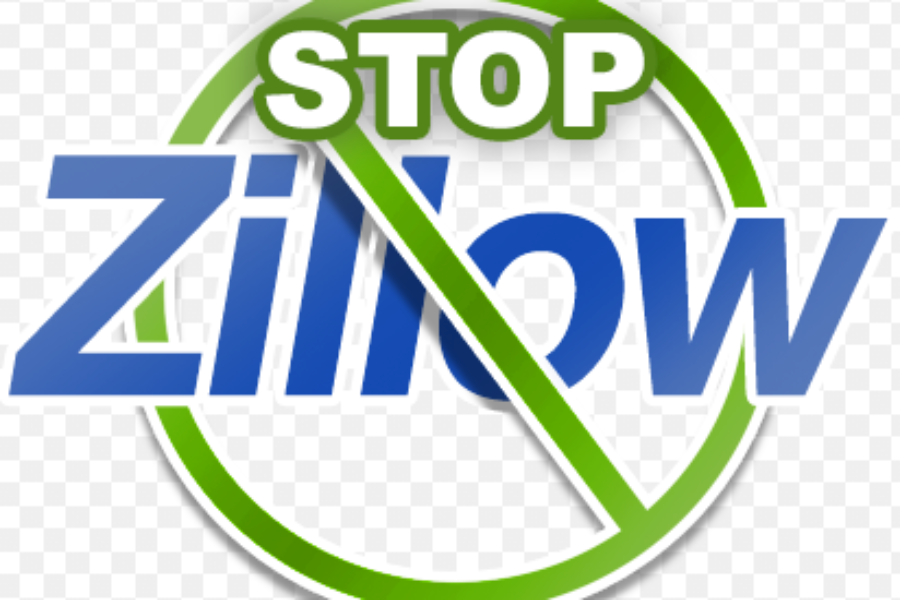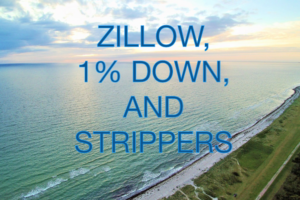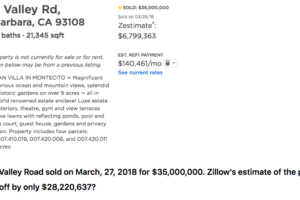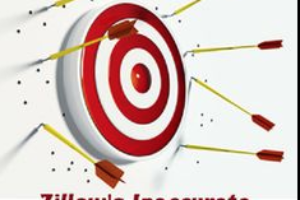Zillow’s Zestimates are a source of conflict reports Kenneth R. Harney in the LA Times on February 8, 2015.
When CBS’s Norah O’Donnell asked Zillow’s CEO Spencer Rascoff about the accuracy of his company’s automated “Zestimates” – she touched on one of the most sensitive perception gaps in American real estate. Zillow is a popular online real estate website that recently merged with one of its competitors Trulia.
Buyers and Sellers routinely quote “Zestimates” to real estate agents. If a house for sale has a Zestimate of $350,000, a buyer might challenge the sellers asking price of $425,000. Or, a seller might demand to know from potential listing brokers why they say a property should sell for just $595,000 when Zillow has it at $685,000.
Disparities like this are what Westlake realtor Tim Freund called, “the bane of my existence! If either the buyer or seller won’t budge off Zillow’s estimated value that will kill a deal.“
The issue is how accurate is Zillow. Not very. The average Zestimates have an error rate of 8% nationally says Spencer Rascoff Zillow’s CEO. What Rascoff did not share is that the localized error rate sometimes far exceeds 8%.
That’s a problem!
The localized error rate in Manhattan is 19.9%, in San Francisco 11.6% (it’s actually much higher since approximately 25% of San Francisco’s listings do not ever go on the MLS which is where Zillow gets its data), and error rate is an astounding 26% for some rural counties in California?
Zestimates are hardly gospel – and often far from it!






